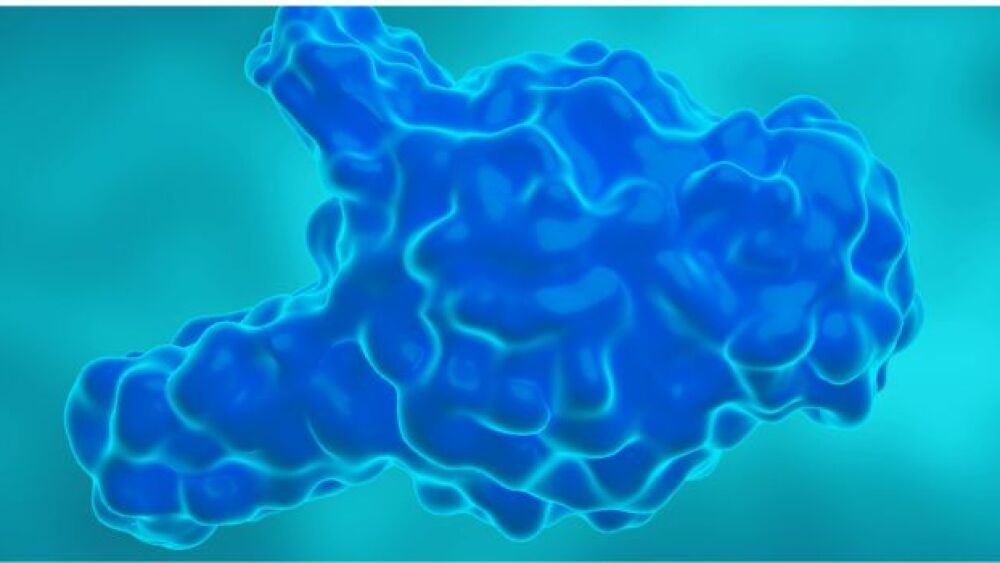SACRAMENTO, Calif., June 3 /PRNewswire/ -- Sutter Health, a family of physicians and not-for-profit hospitals in Northern California, announced today that it will expand its advanced eICU(R) patient-safety technology and open two more centers that will support patients and caregivers at its affiliated hospitals in the greater San Francisco Bay Area. In doing so, Sutter Health becomes the first health network in the United States to open three centers that employ this proven technology-based monitoring program that can save lives. These sophisticated centers have been shown to reduce severity-adjusted hospital mortality for ICU patients by 27 percent and shorten ICU length of stay by 17 percent(1). Across the nation, eICU centers are installed or are being installed at only 15 health systems.
How it works
In Sutter's eICU system, intensivists and specially trained nurses use early warning software and advanced video and electronic monitoring to keep an even closer eye on critically ill patients seven days a week. Vital signs and laboratory data from the sickest hospital patients are fed to existing on-site doctors and bedside nurse stations as well as to the new, remote, specially equipped electronic ICU. The eICU system serves as a high-tech and centralized patient safety net, with the additional specialists constantly checking the condition of patients who are right down the street or as much as 100 miles away. Developed by Baltimore, Md.-based VISICU, Inc., the eICU technology uses early warning indicators to alert the team to vital sign changes or the slightest signs of trouble.
Opened first by nurses and physicians at Sutter Medical Center, Sacramento, the eICU system has been credited with helping save the lives of patients in the hospital's intensive care unit (ICU).
"Our Sacramento ICU and eICU staff are applauding the system's merits," said John Mesic, M.D., chief medical officer and vice president of Clinical Integration for the Sutter Health Sacramento Sierra Region. "One physician has given full credit to eICU monitoring, for example, for immediately recognizing a life-threatening condition in his patient who needed to return to surgery."
Bringing this new technology to patients in the San Francisco Bay Area
A contract was finalized this month to headquarter Sutter's second monitoring center, currently not used by any other San Francisco Bay Area hospitals, to a building on a California Pacific Medical Center (CPMC) campus. The center will become operational in the third quarter of 2004 and, initially, will support care provided to patients in 15 beds at St. Luke's Hospital. When fully functional, it will support about 140 ICU beds in six Sutter-affiliated hospitals in the Bay Area, including CPMC, St. Luke's, Peninsula Medical Center, Marin General Hospital, Novato Community Hospital and Sutter Medical Center of Santa Rosa. Full functionality is expected by the end of 2005.
A third center contracted for the East Bay will begin supporting caregivers in 2005. Eventually, it will monitor 118 beds in the following hospitals: Alta Bates Summit Medical Center, Eden Medical Center, Sutter Solano Medical Center and Sutter Delta Medical Center. More details will be made available during 2004.
Answering a need
"Medical studies have shown time and again that full-time intensivist coverage for ICU patients can significantly improve patient outcomes," said Thomas Shaughnessy, M.D., intensivist, Mills-Peninsula Health Services.
The challenge has been the nationwide shortage of intensivists. Less than 6,000 intensivists are actively practicing in the U.S. Many communities, especially those in rural areas, do not have access to intensivists at all. Sutter's eICU system is one answer to this issue for patients in the north state.
"Our hospitals already have stringent quality control guidelines, and this proven technology gives us the opportunity to take patient safety to the next level," said George Lee, M.D., executive associate to the CEO at CPMC. "As we've witnessed in our Sutter-affiliated hospitals in Sacramento, the technology -- and the specialized team behind it -- made a vital difference to patients' lives when every minute was precious. Now our Bay Area patients will benefit."
Van R. Johnson, president and CEO of Sutter Health, has been a key driver behind the network's patient safety push. Johnson and other Sutter Health leaders, as well as the network's physicians and nurses, have recognized the value of advanced technology-based systems in supporting caregivers on the job and in improving health care quality.
As part of its ongoing commitment to improving quality care and patient safety, the not-for-profit Sutter Health network of hospitals and physicians announced in 2002 it would invest $50 million in new advanced technology that promises fundamental changes in hospital ICU care and care elsewhere in the hospital environment. Sutter Health plans to implement the eICU program throughout its 26 Northern California hospitals in the next two years.
"These high-tech support systems are the future of health care and we're proud to be leading the way," said Johnson. "The eICU program is just one example of how physicians, nurses and other professionals across our network are working together to make significant leaps in patient care for our communities."
The Leapfrog Group, a consortium of about 80 Fortune 500 companies and other purchasers sponsored by the Business Roundtable, launched a national effort in November 2000 with a goal toward triggering "leaps" in quality, customer service and affordability. In California, the Pacific Business Group on Health leads the Leapfrog effort and has recognized Sutter Health for the network's commitment to employing proven technologies that improve patient safety.
About Sutter Health
Sutter Health is a family of not-for-profit hospitals and physician organizations that share resources and expertise to advance health care quality. Serving more than 100 communities in Northern California, Sutter Health is a regional leader in cardiac care, cancer treatment, orthopedics, obstetrics, and newborn intensive care, and is a pioneer in advanced patient safety technology. For more information, visit http://www.sutterhealth.org/.
(1) Critical Care Medicine (Crit Care Med 2004; 30:31-38)
Sutter HealthCONTACT: Karen Garner of Sutter Health, +1-916-286-8297, orgarnerk@sutterhealth.org
Web site: http://www.sutterhealth.org/




